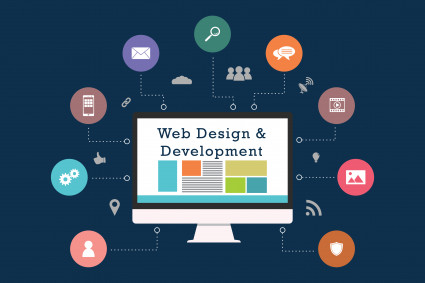WHAT IS DIGITAL BUSINESS TRANSFORMATION?
The process of using digital technologies to create new or modify existing business processes, culture, and customer experiences in order to meet changing business and market requirements is known as digital transformation. Digital transformation refers to the reimagining of business in the digital age.
It goes beyond conventional roles like sales, marketing, and customer service. With digital technology on our side, we have the opportunity to reimagine how we do business and how we engage with our customers as we transition from paper to spreadsheets to smart business management applications. There is no need for small businesses that are just getting started to set up their business processes and then transform them later. Building a 21st-century business on sticky notes and handwritten ledgers is simply not feasible. Digital thinking, planning, and building positions you to be agile, flexible, and ready to grow.
DIFFERENCE BETWEEN DIGITISATION, DIGITALISATION AND DIGITAL TRANSFORMATION?
Digitisation
Digitization refers to the process of converting from analogue to digital. Businesses used to keep paper records. Whether handwritten is used in ledgers or typed into documents and business data was analogue. If you wanted to gather or share information, you had to deal with physical documents papers and binders, xeroxes and faxes. As computers became more available widely, most businesses began to convert their ink-on-paper records to digital computer files. Digitisation is known as the process of converting information from analogue to digital. Finding and sharing information became much easier after it was digitised, but how businesses used their new digital records largely mimicked the old analogue methods. Computer operating systems were even designed around file folder icons to make them feel more familiar and less intimidating to new users. Although digital data was far more efficient for businesses than analogue data, business systems and processes remained largely based on analogue-era ideas about how to find, share, and use information.
Drivers in Digitalisation and Digital Transformation
Customers are the source of all change in business. Customer satisfaction is how a business succeeds. Modern customer expectations are largely driven by digital technology and digital innovation in digital business transformation. A connected customer is always looking for new opportunities. Seeing new ones elsewhere will make them want them from you too. And if you can't offer them anything, they'll find someone who can. The digitally connected world makes it easier than ever for customers to compare and switch from one brand to another, often with minimal effort.
Digital innovation is shaping businesses in every industry
Digital Business transformation impacts every industry. Whether your business derives its revenue from customer service, digital media, or physical goods, technological innovation can transform the way you produce, distribute, and serve your customers. Depending on the business, customers can be consumers or business-to-business (B2B) customers. Let's broaden our horizons and include our employees. As we will see later, employee expectations are driven by their own consumer experience, especially when it comes to digital innovation in the workplace.



